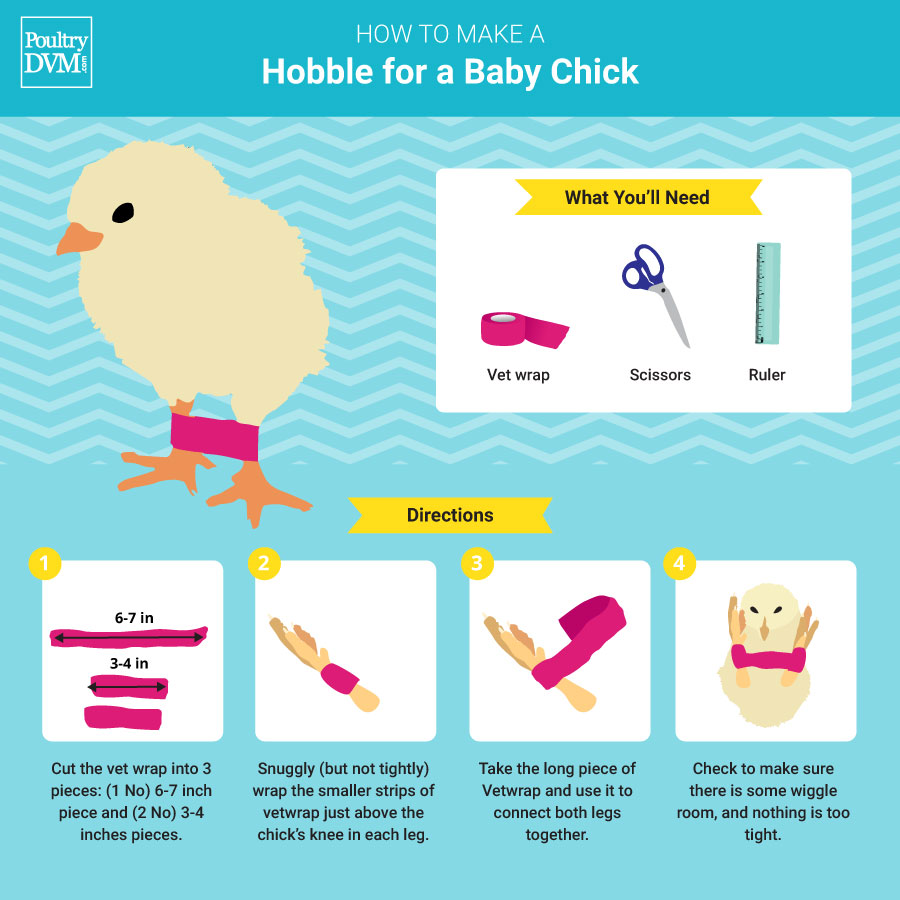Splay leg, also known as spraddle leg or splayed legs, is a common congenital and developmental abnormality in newly hatched chicks. It can occur in chicks who have been naturally or artificially incubated.
Splay leg can involve one or both legs, although it typically affects both, causing them to extend outward to the sides of the chick's body. The severity ranges from mild to severe, and often may take a couple of weeks until it becomes obvious. When chicks are severely affected and both legs are involved.
Splay Leg Causes
There are a number of different reasons chicks can develop splay leg, such as:
- Fluctuations during incubation: High humidity and/or any temperature fluctuations can cause abnormalities in hatched chicks.
- Hatching-related: The temperature of the incubator while the chick was hatching was too high or low.
- Inadequate diet for breeders: Chickens receiving feed intended for 'layers' does not provide enough nutrients required for offspring to develop properly. There is an increased risk of malformations and vitamin B deficiencies in the embryos and hatched chicks who are the offspring of chickens fed a diet intended for 'layers'.
- Improper floor surface: Do not raise chicks on slippery surfaces. Growing chicks require a floor surface that provides them with adequate traction to move around, otherwise it causes their legs to slide out from under them and prevents them from developing their leg muscles properly, resulting in splay leg.
When splay leg is so severe that the chick is unable to walk, it puts them at high risk of starvation or by getting trampled to death by flock mates. These chicks will require supportive care and need to be temporarily separated from the other chicks, at least until they are able to walk on their own again to be able to access water and food.
If splay leg is spotted early, hobbling of the chick's legs can often correct the problem. Bandages should be removed and replaced on a daily basis to allow adjustments for growth.
Treatment for Splay leg
The main goal for treatment of splay leg in chicks is to provide them with proper leg stabilization during early growth. There are many different ways to accomplish this--through the use of various materials and restraint methods that can be adjusted periodically to keep up with the growth of the bird.

